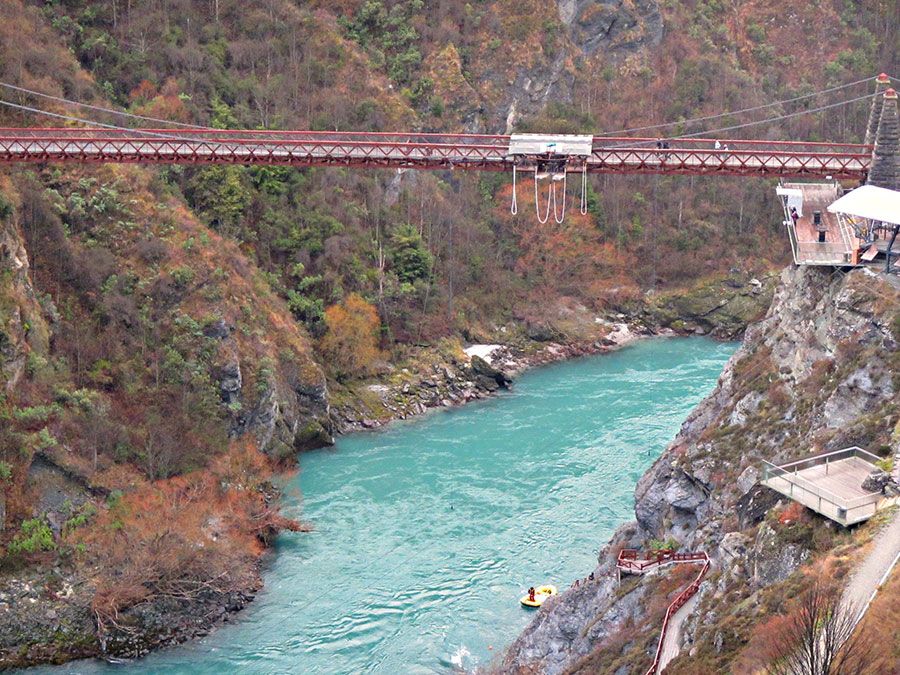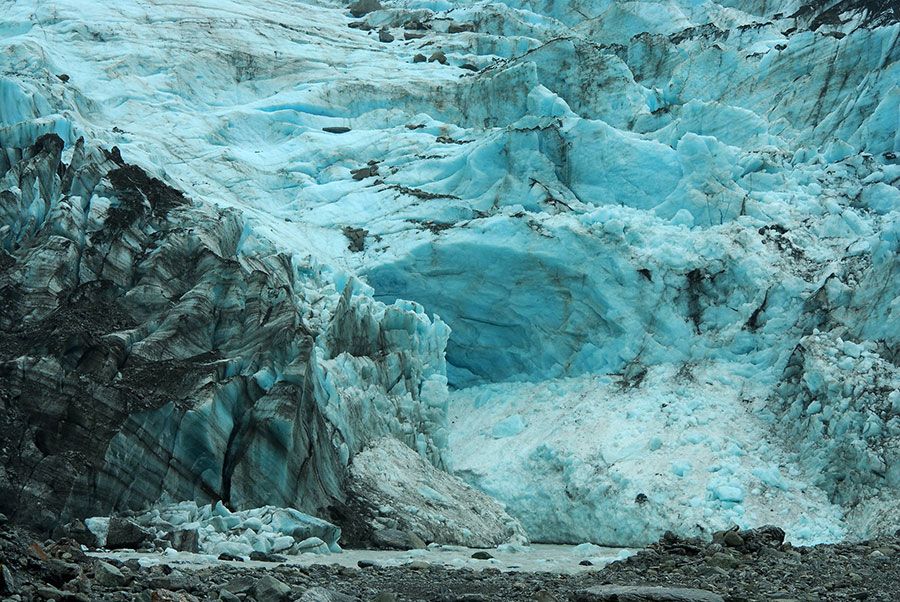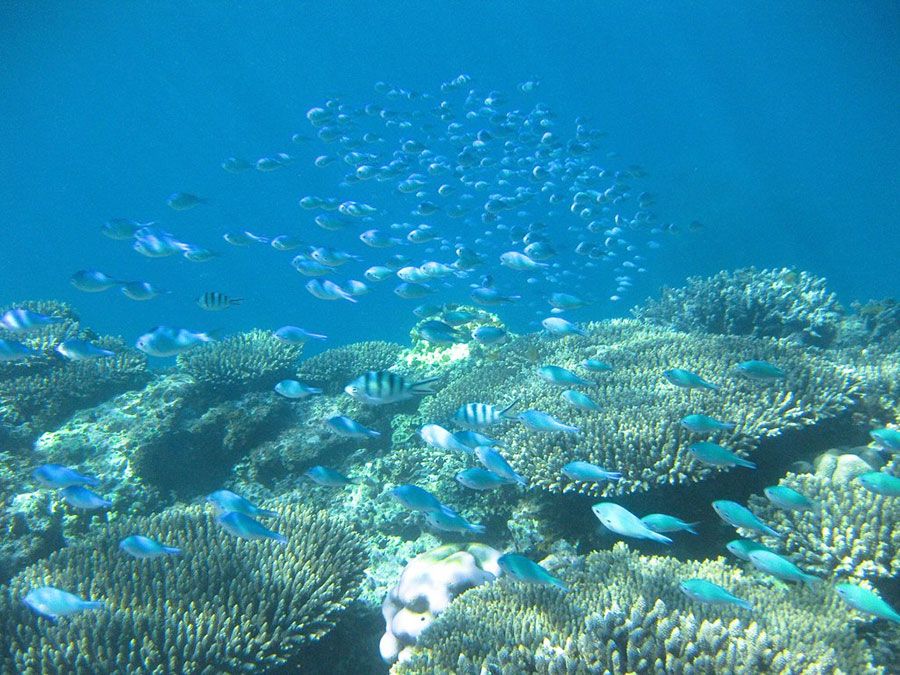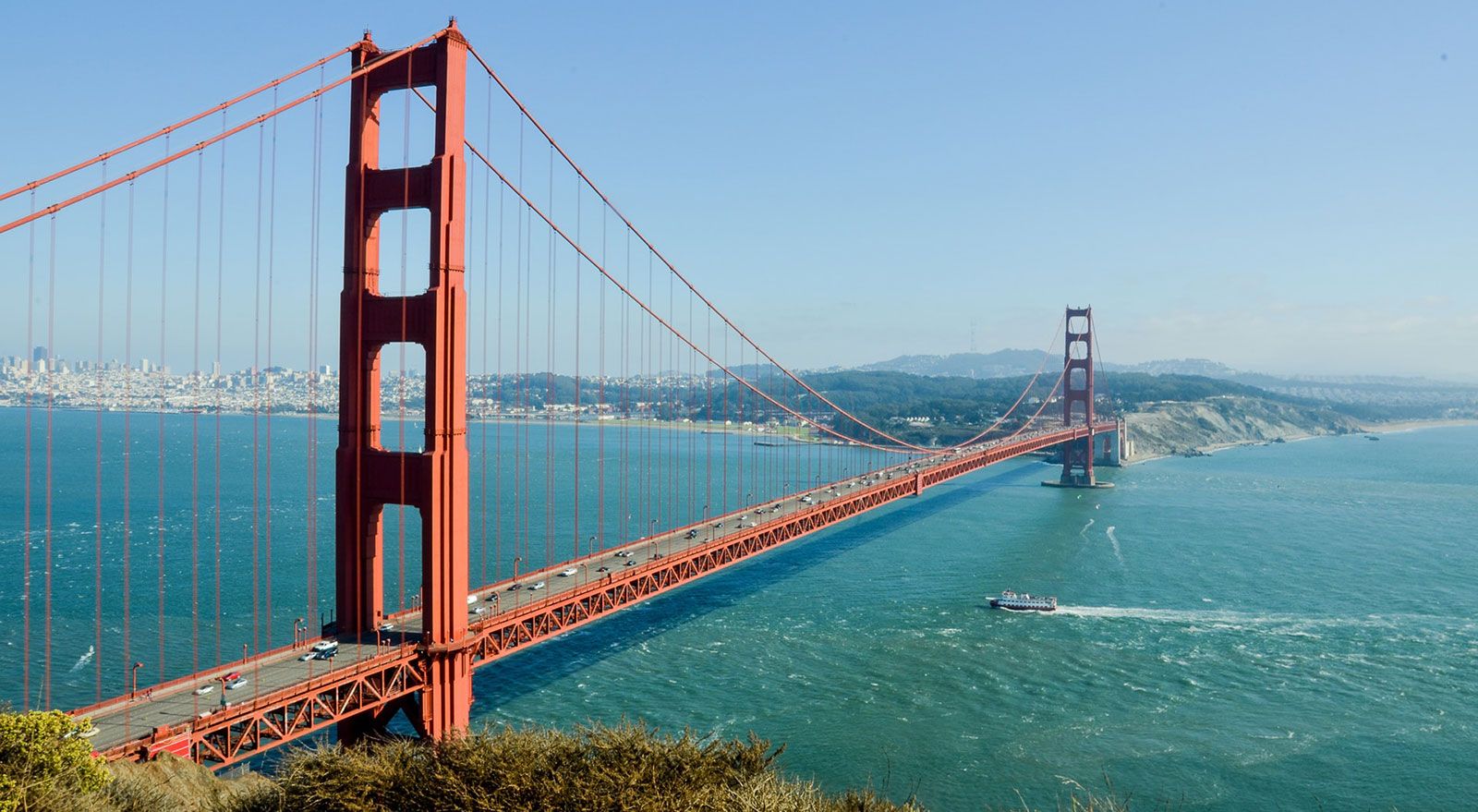New Zealand is a sovereign island country in the southwestern Pacific Ocean consisting of 2 main islands, both marked by volcanoes and glaciation. These islands are one of Earth’s most peculiar bioregions, inhabited by flightless birds seen nowhere else such as a nocturnal, burrowing parrot called the kakapo and kiwi. New Zealand is one of the most difficult countries in the world in which to forecast the weather.
New Zealand has been called “God’s own country” and the “Paradise of the Pacific” since the early 1800s.
New Zealand is a long way from anywhere else in the world, so for most visitors, the only practical way to enter New Zealand is by air. Even the shortest flights between Australia and New Zealand take over 3 hours. The capital Queenstown is a resort town in Otago in the south-west of New Zealand’s South Island with a population of 15,850
Top 12 Things to do in New Zealand
Exploring New Zealand’s magnificent landscapes and coastline tops the list for many. We put together the top 12 most popular attractions.

Photo credit: CameliaTWU / Flickr
Bungy Jump
Queenstown is the home of the world’s first commercial bungy. In 1987 A. J. Hackett made a bungy jump from the Eiffel Tower and founded the first commercial bungy site in 1988. Today you can choose from either the original Kawarau bridge bungy where water touches are a must, the Ledge bungy located high above Queenstown, or the 134 metre Nevis Bungy, Queenstown’s highest bungy jump.

Photo credit: Bernard Spragg / Flickr
Visit Milford Sound
It’s New Zealand’s “Most Popular Tourist Destination” and offen called the “8th Wonder of the World”. Milford Sound is a fiord in the southwest of New Zealand’s South Island. It’s known for towering Mitre Peak, plus rainforests and waterfalls like Stirling and Bowen falls.
It is a fusion of spectacular natural features with amazing visual cues around every corner.

Photo credit: Evan Fusco / Flickr
Fox Glacier
Fox Glacier is a 13-kilometre-long temperate maritime glacier located in Westland Tai Poutini National Park on the West Coast of New Zealand’s South Island. It was named in 1872 after a visit by then Prime Minister of New Zealand Sir William Fox.
You can join some of the variety of tours, heli-hikes, ice climbing and glacier walks amidst the spectacular scenery of Fox Glacier.

Photo credit: Mariano Mantel / Flickr
Lake Matheson
Lake Matheson, one of the most photographed lakes in New Zealand. The lake, formed by glaciation 14,000 years ago, is located near the Fox Glacier in South Westland. It is famous for its reflected views of Aoraki/Mount Cook and Mount Tasman.
The waters of Lake Matheson are dark brown, so on a calm day, they create the ideal reflective surface. The only way to approach Lake Matheson on the south island of New Zealand is on foot.

Photo credit: Tony Lin / Flickr
Tai Poutini National Park
Established in 1960, the park covers 1,320 km² and extends from the highest peaks of the Southern Alps to the rugged and remote beaches of the wild West Coast. It is home to magnificent primeval vistas – snow-capped mountains, glaciers, forests, tussock grasslands, rivers, wetlands, beaches, scenic lakes, and dense temperate rainforest, as well as remains of old gold mining towns along the coast.

Photo credit: Bernard Spragg / Flickr
Moeraki Boulders
The Moeraki Boulders are unusually large and spherical boulders lying along a stretch of Koekohe Beach, between Moeraki and Hampden. The boulders are grey-coloured septarian concretions, which have been eroded out by wave action from the cliffs of soft, black mudstone that back the beach.
They originally formed on the seafloor when the mudstone was accumulating during the early Tertiary period some 60 million years ago. The largest concretions are traversed by cracks, filled by yellow calcite.

Photo credit: Krzysztof Golik / wikipedia
Lake Tekapo
Lake Tekapo is part of a UNESCO Dark Sky Reserve, making it the perfect spot for stargazing. Lake Tekapo is about three hours drive south-west of Christchurch in the Mackenzie Basin. Lake Tekapo is the second-largest of three roughly parallel lakes running north–south.
Finely ground rock in the glacial melted waters give Lake Tekapo a beautifully unique turquoise color. The highland location of the lake enjoy some of New Zealand’s highest sunshine hours, and the lowest average wind speeds.

Photo credit: StarCitizen / Flickr
The Pancake Rocks
The pancake rocks in Punakaiki are the most visited natural attraction on the West Coast. The foundations of the Pancake Rocks were formed 30 million years ago when minute fragments of dead marine creatures and plants landed on the seabed about 2 km below the surface. Along the way, there are some impressive blowholes that are best viewed at high tide.
The Pancake Rocks are presently explorable by a number of walkways winding through the rock formations

Photo credit: Tatters / Flickr
Mount Cook
Mount Cook is the highest mountain in New Zealand with 3,724 metres. The mountain is in the Aoraki/Mount Cook National Park. Some people regard the area to be the best climbing region in Australasia. The mountain walks lead to alpine tarns, herb fields and spectacular glacier views. Its level of difficulty is often underestimated and can change dramatically depending on weather, snow and ice conditions.

Photo credit: photolupi / Flickr
Wanaka
Wanaka is a popular ski and summer resort town in the Otago region. Visitors from around the world are drawn to the Wanaka region by its outstanding natural beauty. Arts and music festivals, international sporting and aviation events are just a few of the activities, each as unique as the season it is staged.

Photo credit: trevorklatko / Flickr
Take a Lord of the Rings tour
Take a once-in-a-lifetime journey to Middle-earth, traveling from Auckland to Queenstown joining as group tours or self-drive tours to Lord of the Rings filming locations.
New Zealand’s stunning landscapes captivated movie fans around the world as the unbilled star of the hugely successful The Lord of the Rings film trilogy. Over 150 real New Zealand locations were used from the rolling green hills of Matamata on the North Island.

Photo credit: Harry Lund / Flickr
Tongariro Crossing
This is among the most popular day hikes in the country and often described as New Zealand’s greatest day walk, the Tongariro Alpine Crossing is a challenging journey across a remarkable volcanic landscape. The Tongariro National Park is a World Heritage site which has the distinction of dual status, as it has been acknowledged for both its natural and cultural significance.
Feature photo credit: HK.Colin / Flickr
Want to learn more about other sustainable destination? Check out section sustainable travel destinations.







